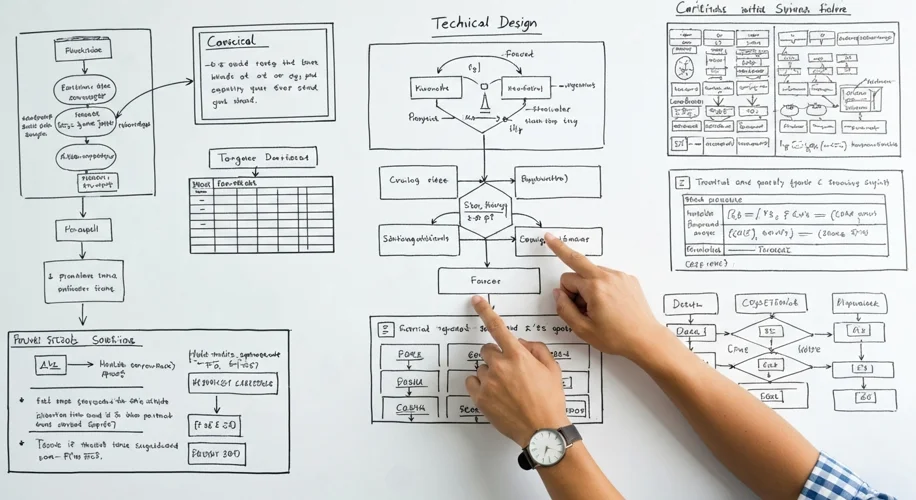Hey everyone, Mateo here!
So, you’re diving into the wild world of software engineering, and you keep hearing about “system design.” It sounds big, maybe even a little intimidating, right? Well, it is. But it’s also super important, especially if you’re aiming for those dream jobs at top tech companies. Given my background in Computer Engineering and tinkering with personal projects, I wanted to break down what system design really means and how you can get a handle on it.
What Exactly IS System Design?
At its core, system design is all about figuring out how to build complex, scalable, and reliable software systems. Think about services like Netflix, Twitter, or even something as simple as a URL shortener. How do they handle millions of users? How do they stay up when tons of people are using them at once? That’s system design in action.
It’s not about writing perfect code for a small feature. It’s about the big picture: choosing the right databases, designing APIs, managing data flow, ensuring fault tolerance, and thinking about how everything fits together. It’s like being an architect for software.
Why It Matters for Your Career
Companies use system design questions in interviews to see if you can think critically about complex problems and design robust solutions. They want to know you can go beyond just coding and understand the engineering trade-offs involved in building real-world applications.
My Experience and Tips
When I was starting out, system design felt like a black box. I remember looking at diagrams with so many acronyms and arrows, and honestly, I was a bit lost. But here’s the thing: it’s a skill you build, not something you’re born with.
- Start with the Basics: You don’t need to know everything at once. Begin with fundamental concepts like load balancing, caching, databases (SQL vs. NoSQL), and APIs (REST, GraphQL). Understanding these building blocks is crucial.
- Practice with Real-World Examples: Look at how popular services work. How does Instagram store and serve photos? How does Uber handle real-time location tracking? Break these down into smaller components.
- Draw It Out: Seriously, grab a whiteboard or even a piece of paper. Sketching out your ideas helps you visualize the system and identify potential bottlenecks. This is exactly what interviewers want to see.
- Understand Trade-offs: There’s rarely a single “perfect” solution. Every design choice has pros and cons. Be ready to discuss why you chose one approach over another and what the implications are.
Resources That Helped Me
I found a ton of value in a few key areas:
- Online Courses: Platforms like Educative.io have courses specifically designed for system design interviews. They often use interactive diagrams which are super helpful.
- Books: “System Design Interview – An insider’s guide” by Alex Xu is a classic. It breaks down complex topics really well.
- YouTube Channels: Many engineers share their insights on system design. Search for topics like “design Twitter” or “design a URL shortener.” Seeing how others approach these problems is invaluable.
- Personal Projects: This is HUGE. Building things yourself, even small projects, forces you to make design decisions. When I built my [mention a relevant personal project briefly, e.g., a real-time chat app], I had to think about scaling and data storage – real-world system design challenges!
The Takeaway
System design is a journey. Don’t get discouraged if it feels overwhelming at first. Focus on understanding the core principles, practicing consistently, and learning from how existing systems are built. It’s a skill that will not only help you nail interviews but also make you a much more effective engineer.
Keep building, keep learning, and let me know in the comments if you have any questions or resources that have helped you!

